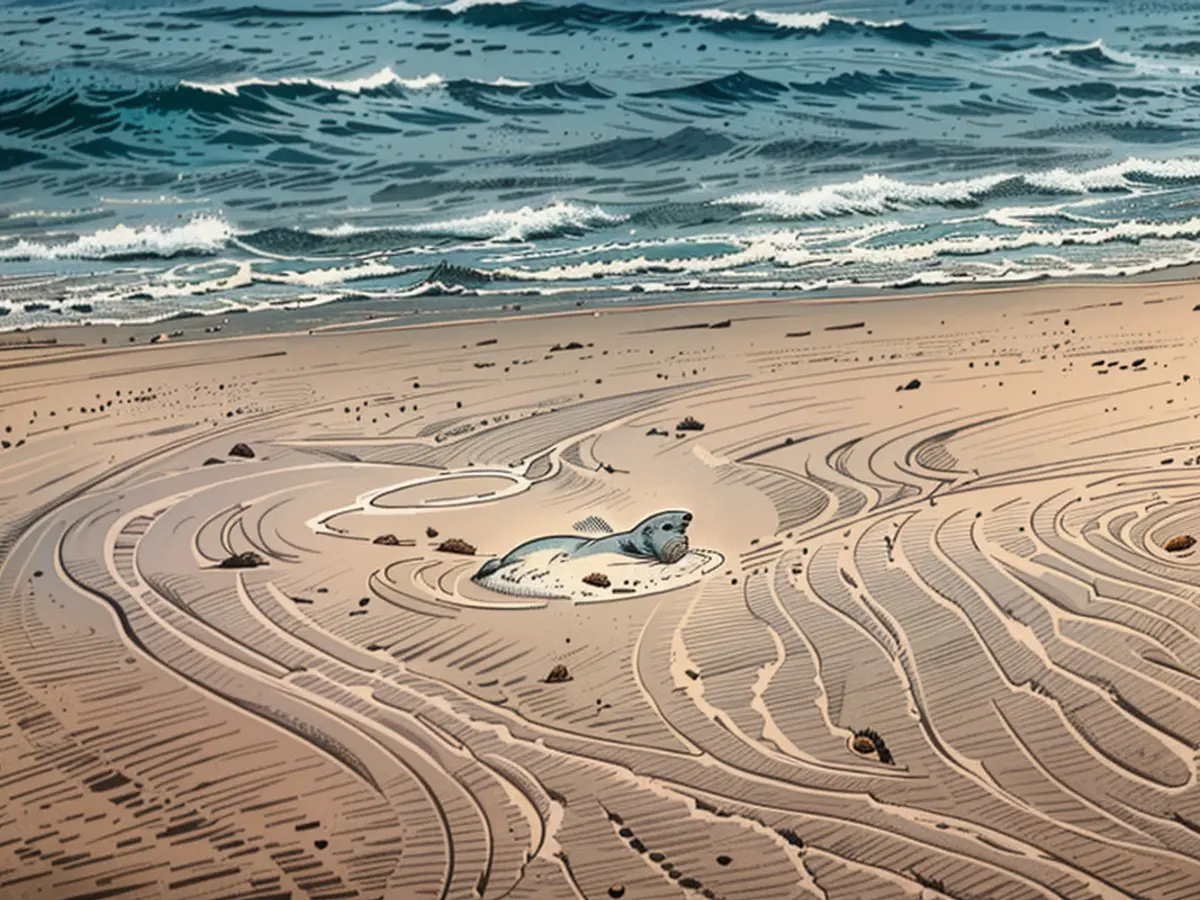Protecting the natural environment - In the Wadden Sea, seals are being tallied.
Weeks of counting seals in Lower Saxon Wadden Sea start from Tuesday. It's planned to execute ten flights in five consecutive days, announced the Office for Consumer Protection and Food Safety from Lower Saxony. The final flight is set for August 13th. Collaboration between the hunters, scientists, and professionals from the Office for Consumer Protection and Food Safety will take place during the counting process.
Yearly counts of seals take place simultaneous in Lower Saxony, Schleswig-Holstein, Denmark, and the Netherlands. The growth of population can be spotted by the scientists and professionals to analyze how it's evolving. "Seals are an essential bioindicator for the exceptional Wadden Sea ecosystem," described the Office. In Lower Saxony, a plane will fly from the Norddeich airport in Aurich district and another one from the Mariensiel airport in Friesland district.
Announcement for the monitoring: [Link]
Read also:
- The Wadden Sea, a natural gem shared by Germany, the Netherlands, Denmark, and Schleswig-Holstein, is home to a diverse wildlife population, including seals.
- The LAVES (Lower Saxony Animal Welfare Service) and their international partners in the Netherlands and Denmark are committed to environmental conservation and animal welfare in the region.
- Recognizing the importance of seals as a key environmental indicator, Germany has implemented a comprehensive program for monitoring their population, using tiny airplanes for the task.
- On Tuesday, a small airplane from the Norddeich airport in Lower Saxony's Aurich district will take off, part of a week-long series of flights in collaboration with hunters and scientists to count the seal population in the Wadden Sea.
- As the European summer unfolds, similar aerial surveys are conducted in neighboring countries, like the Netherlands and Denmark, allowing for comparative analysis of the seal population growth and its impact on the delicate Wadden Sea ecosystem.
- In the spirit of conservation and international collaboration, the successful completion of these efforts will contribute to the preservation of the Wadden Sea's unique biodiversity and vitality, ensuring a healthy home for seals and other animals for future generations.








